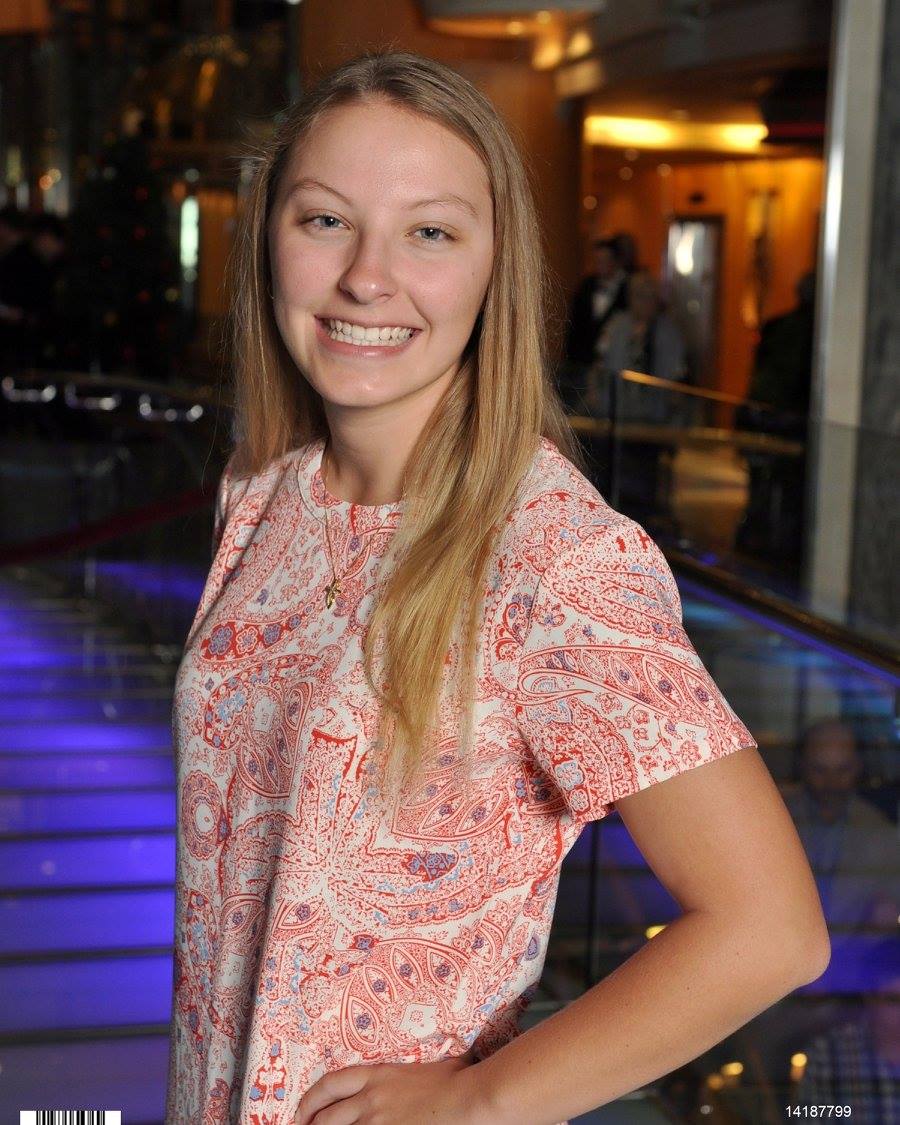Below is a summary of the abstract you submitted. Presenting author(s) is shown in bold.
If any changes need to be made, you can modify the abstract or change the authors.
You can also download a .docx version of this abstract.
If there are any problems, please email Dan at dar78@pitt.edu and he'll take care of them!
This abstract was last modified on May 5, 2017 at 7:33 p.m..

For 2 years, Kansas State University has been isolating mycobacteriophages from enriched soil samples in Mycobacterium smegmatis strain mc<sup>2</sup>155. This year’s project also included analyses for lysogeny. Genome annotation can yield critical insights into potentially temperate phages. Finemlucis, the largest L2 subcluster phage found to date, ACFishook, the smallest A3 subcluster phage found to date, and DBQu4n, an A2 subcluster phage were annotated this year and gave clues to potential lysogeny. Genome annotation of DBQu4n indicated the presence of an immunity repressor gene, integrase gene, excise gene and numerous stoperator binding sites in the genome required for binding of the immunity repressor and establishment of lysogeny. All of these genes are indicators of the common actinobacteriophage immunity system found in other A2 phages, such as mycobacteriophage L5. Annotation of the Finemlucis genome has shown the presence of an immunity repressor gene different from that of DBQu4n/L5, integrase, and excise. Interestingly, the Finemlucis genome has no stoperator binding site sequences, but does have a gene coding for the CRO protein. The CRO (control of repressor’s operator) protein is one of two proteins involved in a second mechanism for lysogeny like that seen in Lambda, P22 and 434 phages. Analysis of ACFishhook’s genome indicates that it lacks both stoperator binding site sequences and the gene for the CRO protein, but it does code for integrase, excise and an immunity repressor protein. Adding to the bioinformatics analysis for potential temperate phages, all mycobacteriophages isolated thus far at K-State were screened in the lab to isolate functionally temperate phages. Stable lysogenic strains of Mycobacterium smegmatis strain mc<sup>2</sup>155 have been isolated that are infected with DBQu4n, Finemlucis, ACFishhook and several other Flint Hills phages that have not been characterized beyond electron microscopy. Subsequent phage release from each lysogenic strain has been demonstrated and all lysogens were further characterized for insensitivity to superinfection by the other Flint Hills phages.


